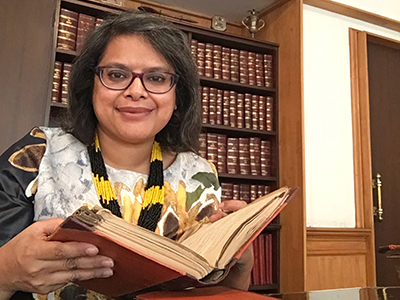Celebrate Study Abroad During Syracuse Abroad Week Sept. 15-19
This fall, Syracuse Abroad welcomes all students to explore study abroad options for 2026 and beyond during this year’s Syracuse Abroad Week. Syracuse Abroad Week, Sept. 15-19: Students, partners, faculty and staff are invited to join virtual events to learn more…


